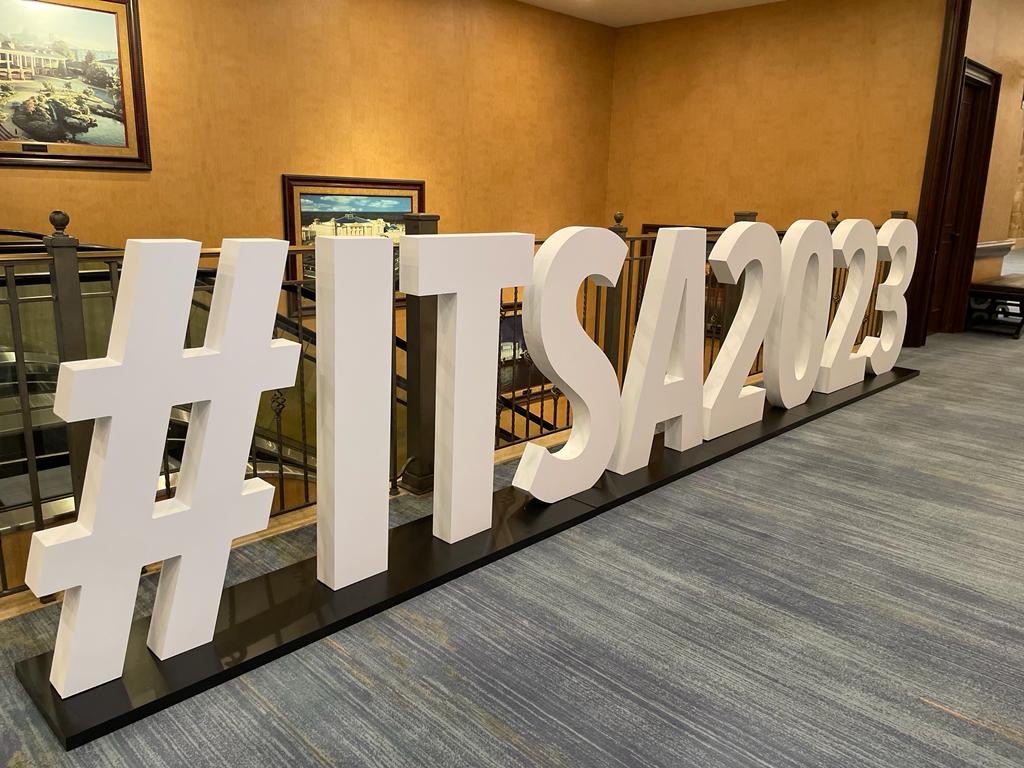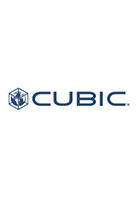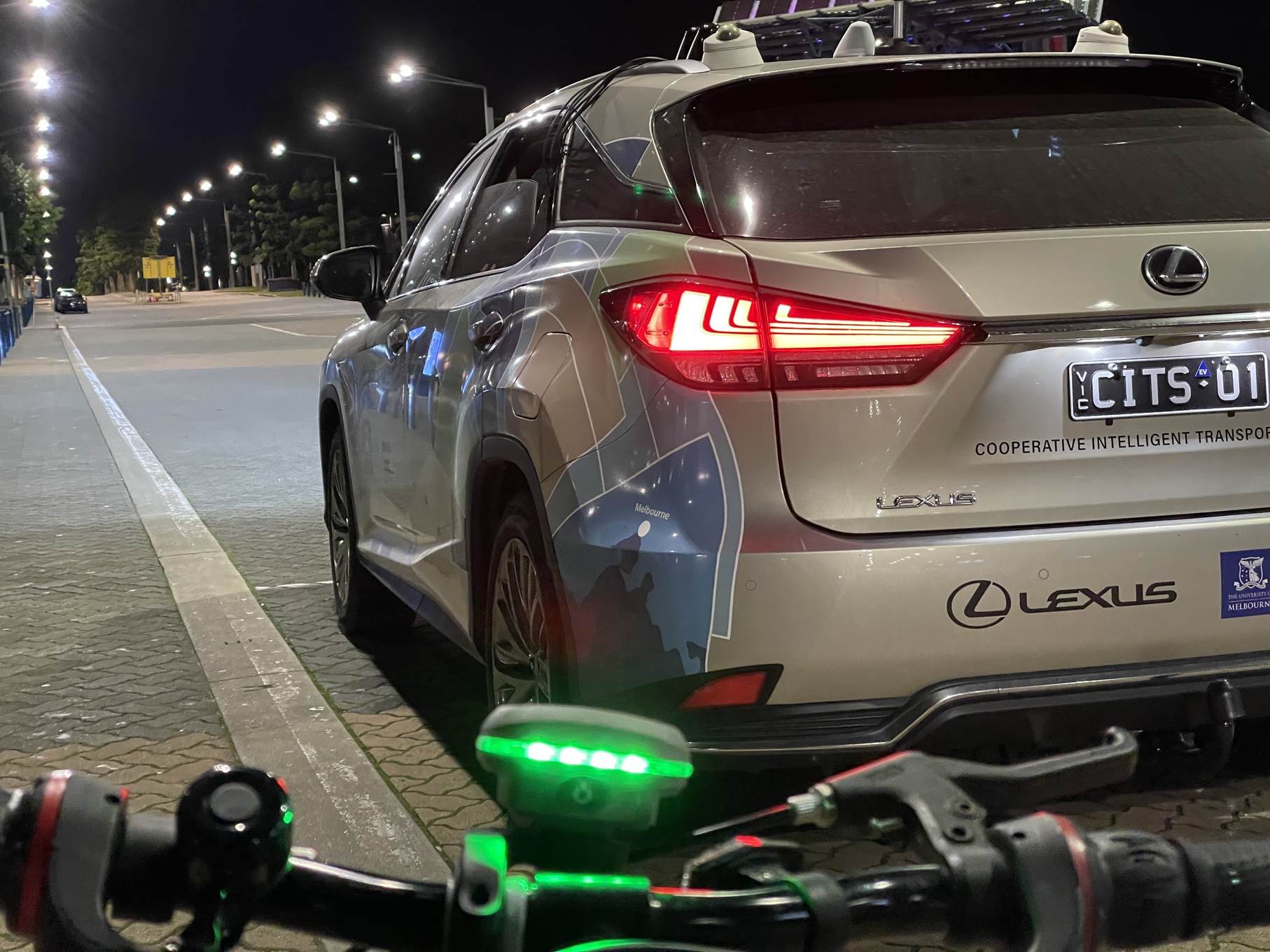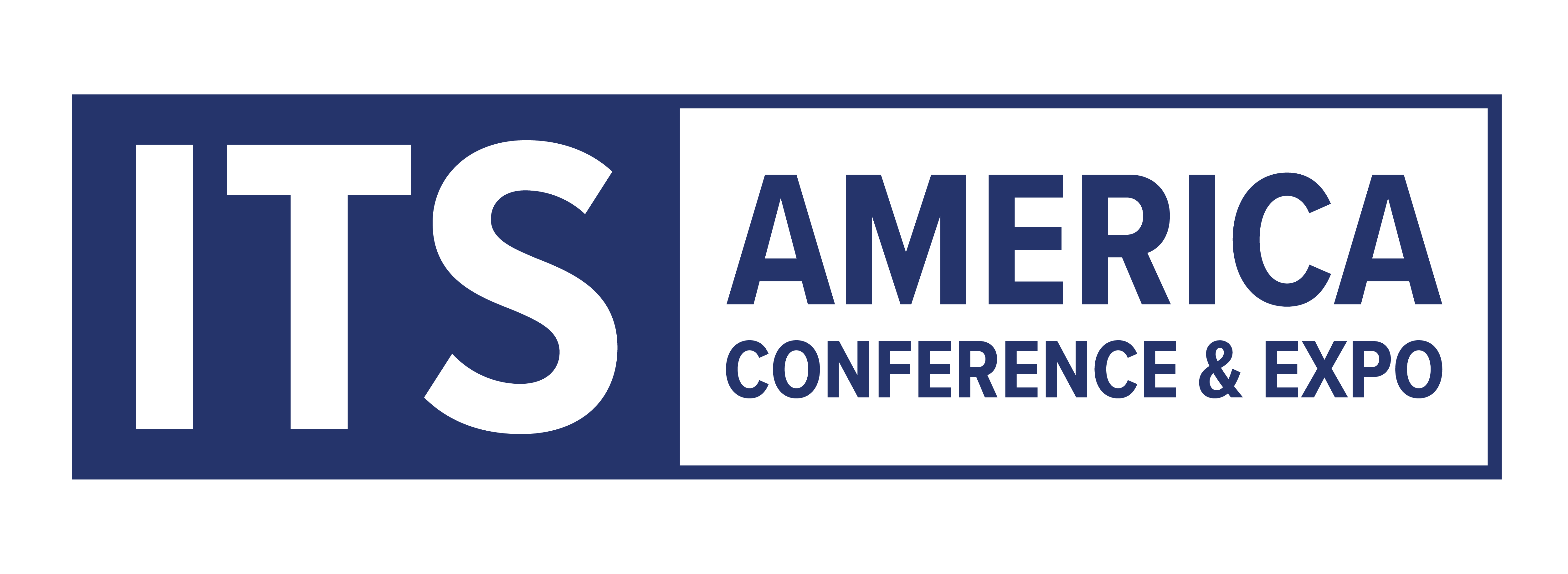
The detection of VRUs is enabled by the SMART Platform from AMAG which uses research-tested computer-vision machine learning models and video analytics at the edge and in the cloud to detect, classify, track, analyse and alert traffic engineering, operations, planning and road-users to critical safety and operating risks.
P3Mobility successfully integrated with AMAG’s computer vision-enabled SMART Platform to create and broadcast SAE J3224 Sensor Data Sharing Messages (SDSMs) for cooperative perception. The SDSMs are being broadcast at the University of Michigan’s Mcity Test Facility, a connected and automated vehicle proving ground.
The software platform from P3Mobility - a digital infrastructure project development firm which provides consulting services and a software platform that enables a sustainable commercial business model in the V2X ecosystem - enables V2X Roadside Units (RSUs) to broadcast SDSMs in real time. This allows both autonomous vehicles and human drivers to receive information on VRUs that may be out of sight of the vehicle.
Broadcasting these messages is important for the growth of the V2X ecosystem because the majority of VRUs – such as pedestrians and bicyclists – are not able and are not expected to have devices that directly communicate with V2X infrastructure and vehicles. The SAE J3224 message standard establishes a common message format for V2X participants to share and build consensus on detected VRU presence. This enables vehicles, drivers and infrastructure to enhance VRU safety.
“We are very excited to be partnering with AMAG to deliver this new capability. Vulnerable road user safety is a crisis in the United States where pedestrian traffic fatalities are at a 40-year high,” said Jeremy Ward, director of operations at P3Mobility. “Delivering these safety messages will pave the way to safer roads for all.”


















